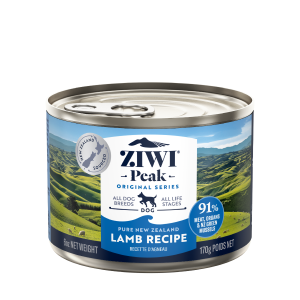
Choosing The Right Dog Treats For Training
Training your dog requires patience, consistency, and the right rewards. Treats are important in reinforcing positive behaviour, but not all dog treats are suitable for training. The right treats should be tasty, nutritious, and easy to handle. Here’s what you need to know when selecting the best dog treats for training your dog.
Size and texture matter:
Training treats should be small and easy to chew so your dog can quickly eat them and stay focused on the next command. Soft treats are ideal because they don’t require much chewing, allowing for smooth and efficient training sessions. Avoid large or hard treats that take too long to eat, as they can disrupt training flow.
High-value Vs. low- value treats:
Dogs respond differently to treats depending on their preference and the training situation. Low-value treats, such as dry kibble or basic biscuits, are useful for simple commands in low-distraction environments. High-value treats, like pieces of chicken, cheese, or freeze-dried meat, are better suited for more challenging training, such as recall training in busy areas.
Nutritional content:
Since dogs may consume multiple treats during training, it’s important to choose healthy options. Look for treats with natural ingredients, high protein, and minimal artificial additives. Avoid treats with excessive fat, sugar, or preservatives, as they can lead to weight gain and digestive issues.
Allergy-friendly options:
Some dogs have food sensitivities, so selecting hypoallergenic treats is essential. If your dog is allergic to common ingredients like chicken, wheat, or dairy, opt for treats made from alternative proteins like fish, venison, or duck. Grain-free and limited-ingredient treats can also help prevent allergic reactions.
Ease of handling:
Training treats should be convenient for you as well. They should be non-greasy, easy to break into smaller pieces, and not leave residue on your hands. Treats that crumble or melt can be messy, making training less efficient, especially during outdoor sessions.
Variety keeps training exciting:
Using a mix of different treats can keep your dog engaged and motivated. Rotating treats prevents boredom and maintains interest in training. Some dogs may respond better to a surprise mix of textures and flavours rather than the same treat every time.
Choosing the right dog treats for training improves learning and reinforces good behaviour. By considering size, texture, nutritional value, and your dog’s preferences, you can select treats that keep training sessions productive and enjoyable. Always use treats in moderation and balance them with a healthy diet.